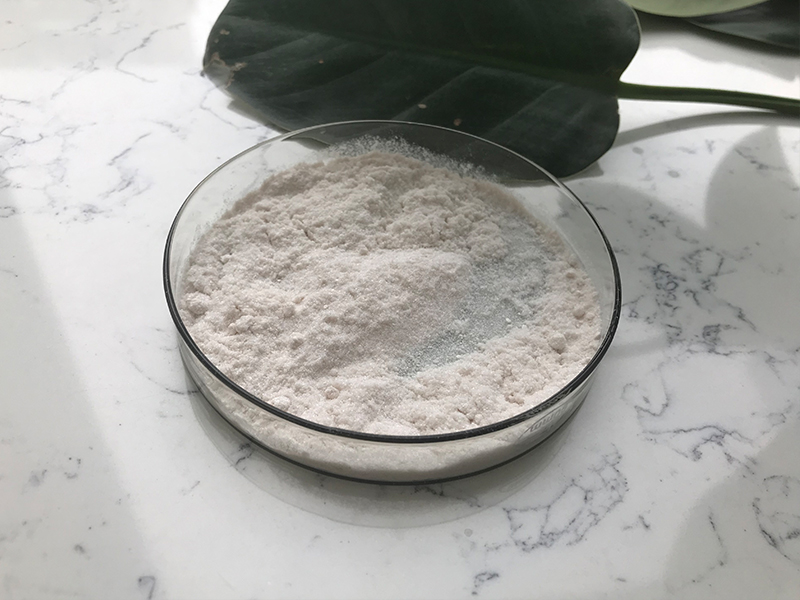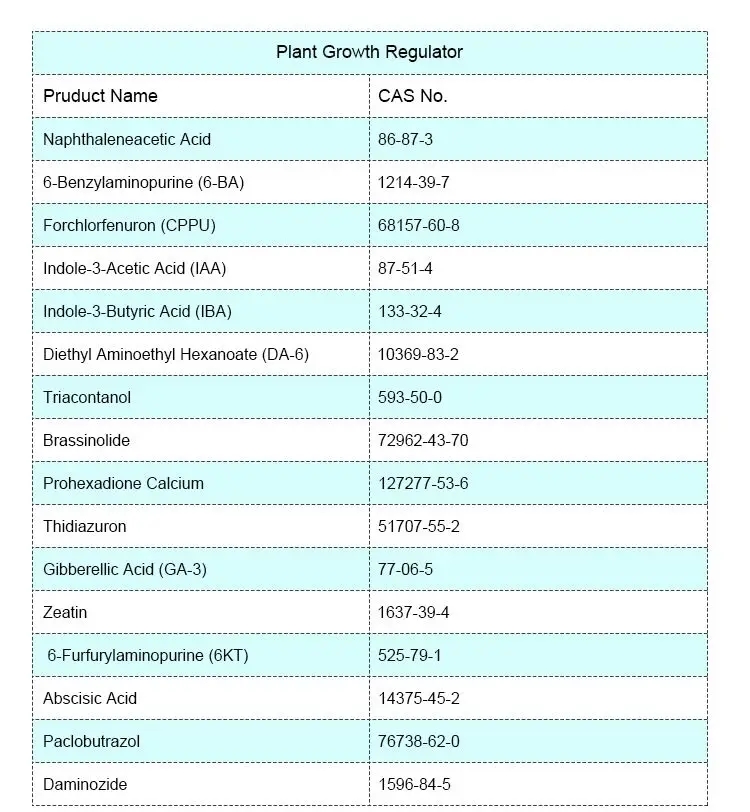Indole-3-butyric acid (IBA) is a plant hormone that belongs to the auxin family. It is commonly used in horticulture and agriculture for its ability to promote root development in plant cuttings. Here are some key points regarding the effectiveness, side effects, and special considerations of Indole-3-butyric acid (IBA):
Effectiveness of Indole-3-butyric acid:
Root Formation: Indole-3-butyric acid is highly effective in promoting the formation of roots in plant cuttings. It stimulates the development of adventitious roots, which is crucial for successful propagation of many plants.
Concentration Dependency: The effectiveness of Indole-3-butyric acid is concentration-dependent. Different plant species may respond optimally to different concentrations of Indole-3-butyric acid, so it’s important to follow recommended guidelines for specific plants.

Side Effects of Indole-3-butyric acid:
Overdosing: Excessive concentrations of Indole-3-butyric acid can have negative effects, such as inhibiting root development or causing damage to plant tissues. It is crucial to follow recommended application rates to avoid adverse effects.
Environmental Impact: While Indole-3-butyric acid itself is generally considered safe for the environment, excessive use or improper disposal may have negative consequences. Always follow guidelines and regulations for the proper use of plant growth regulators.
Special Considerations of Indole-3-butyric acid:
Application Methods: Indole-3-butyric acid is commonly applied in the form of powder, gel, or liquid. The choice of application method depends on the plant species, the type of cutting, and the desired results.
Plant Species: Different plant species respond differently to Indole-3-butyric acid. Some plants are more responsive to lower concentrations, while others may require higher concentrations for optimal root development.
Timing: The timing of Indole-3-butyric acid application is critical. Applying it too early or too late in the rooting process may not yield the desired results. Follow specific guidelines for each plant species and type of cutting.

Safety Considerations:
Protective Measures: When handling Indole-3-butyric acid, it’s advisable to take proper safety precautions, such as using protective clothing and gloves, to prevent skin contact or inhalation.
Storage: Store Indole-3-butyric acid in a cool, dry place, away from direct sunlight and heat, following the manufacturer’s recommendations.
Always refer to product labels and guidelines provided by manufacturers for specific information on the use of Indole-3-butyric acid, as formulations and recommendations may vary. Additionally, local regulations and guidelines should be followed to ensure the safe and responsible use of plant growth regulators.
